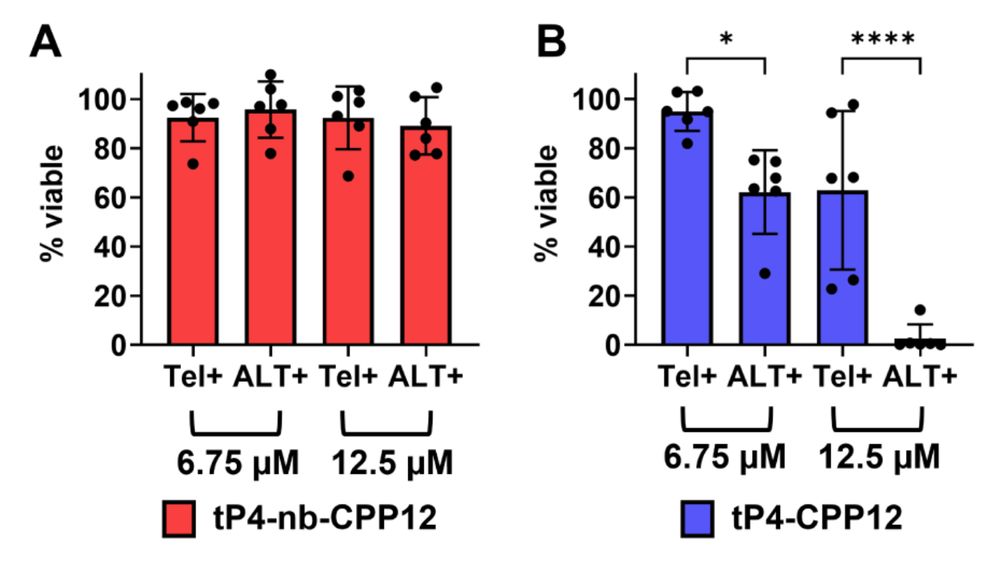More/contact: https://reitzdf.com/

Big thanks to my mentor, Wolf Heyer, co-mentor, Megan Dennis, letter writers, and colleagues.
mmg.ucdavis.edu/news/two-mmg...

www.cell.com/molecular-ce...

www.cell.com/molecular-ce...
So satisfying to see a long journey end in best-possible diagnostic test for patients with rare diseases @radboudumc.bsky.social.
www.radboudumc.nl/en/news-item...
(1/n)

So satisfying to see a long journey end in best-possible diagnostic test for patients with rare diseases @radboudumc.bsky.social.
www.radboudumc.nl/en/news-item...
(1/n)
@yuhenglau.bsky.social + my labs just published the first cell-active peptide inhibitors of this critical target in 10-15% of cancers. doi.org/10.1021/acs....



@yuhenglau.bsky.social + my labs just published the first cell-active peptide inhibitors of this critical target in 10-15% of cancers. doi.org/10.1021/acs....
www.yeastgenome.org/reference/39...

www.yeastgenome.org/reference/39...
Mismatch repair disturbs meiotic crossover control in S. cerevisiae academic.oup.com/nar/article/...

Mismatch repair disturbs meiotic crossover control in S. cerevisiae academic.oup.com/nar/article/...
We describe a new tetrameric RAD51 paralog complex – XRCC3-RAD51C-RAD51D-XRCC2 – which caps the end of RAD51 filaments.
Link: www.science.org/doi/epdf/10....
Thread ⬇️ (1/8)
We describe a new tetrameric RAD51 paralog complex – XRCC3-RAD51C-RAD51D-XRCC2 – which caps the end of RAD51 filaments.
Link: www.science.org/doi/epdf/10....
Thread ⬇️ (1/8)
We show that Mei5-Sae3 can stabilize both active and inactive Dmc1 filaments, and that this is independent of the ATP hydrolytic cycle.
doi.org/10.1093/nar/...

We show that Mei5-Sae3 can stabilize both active and inactive Dmc1 filaments, and that this is independent of the ATP hydrolytic cycle.
doi.org/10.1093/nar/...

Our next webinar is on December 2nd, featuring @peterlylab.bsky.social and @alebrambati.bsky.social. Do not miss it!
Sign up for updates: docs.google.com/forms/d/e/1F...

Our next webinar is on December 2nd, featuring @peterlylab.bsky.social and @alebrambati.bsky.social. Do not miss it!
Sign up for updates: docs.google.com/forms/d/e/1F...
www.science.org/doi/10.1126/...

www.science.org/doi/10.1126/...
www.science.org/doi/10.1126/...

www.science.org/doi/10.1126/...
www.nature.com/articles/s41...

www.nature.com/articles/s41...


I did this last year and it was great to meet a whole bunch of new people, at all career stages!
I did this last year and it was great to meet a whole bunch of new people, at all career stages!
By Aleah Goldberg, Maria Trifas and Teresa Davoli
Learn more here:
➡️ https://genesdev.cshlp.org/content/39/19-20/1132.abstract

By Aleah Goldberg, Maria Trifas and Teresa Davoli
Learn more here:
➡️ https://genesdev.cshlp.org/content/39/19-20/1132.abstract


